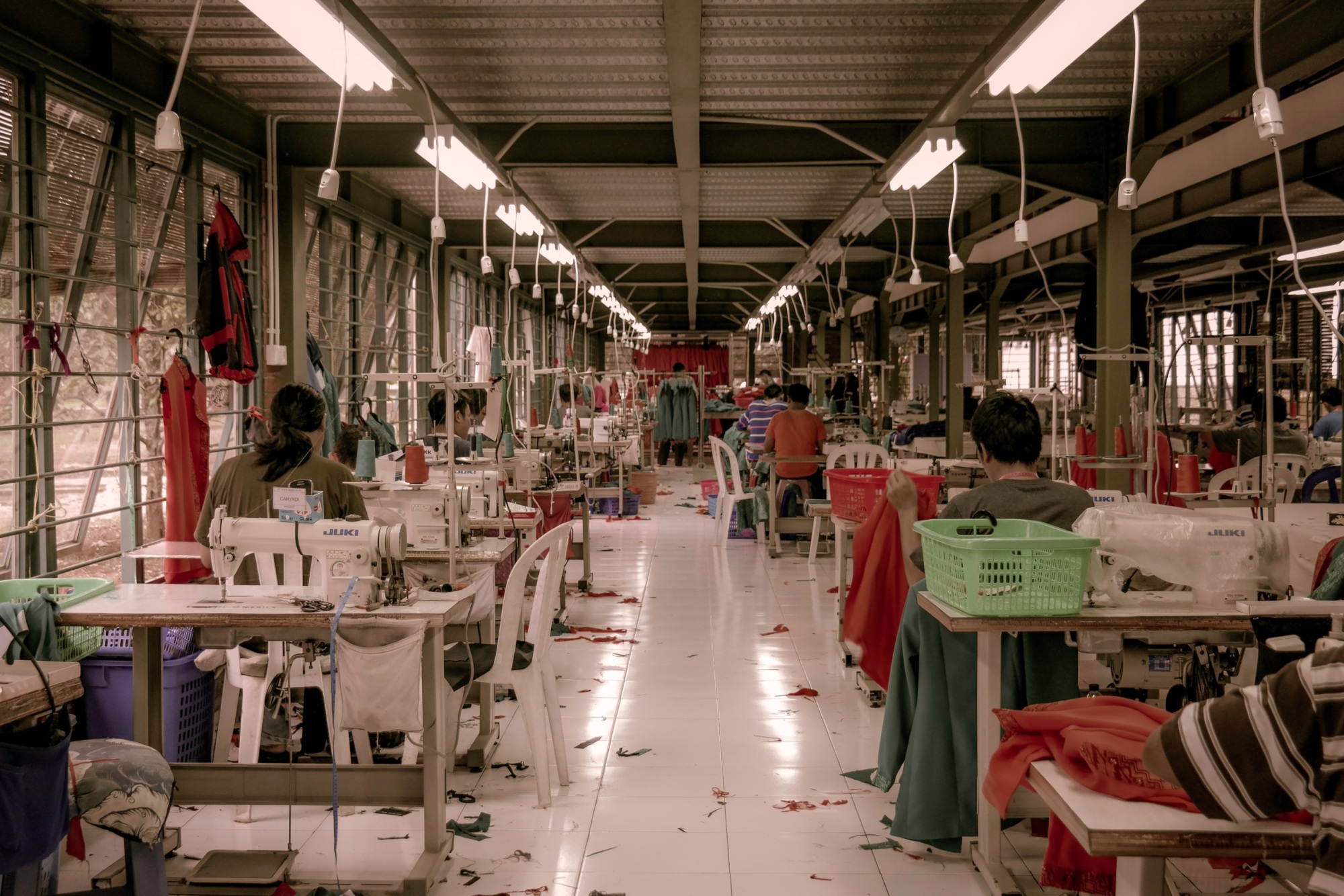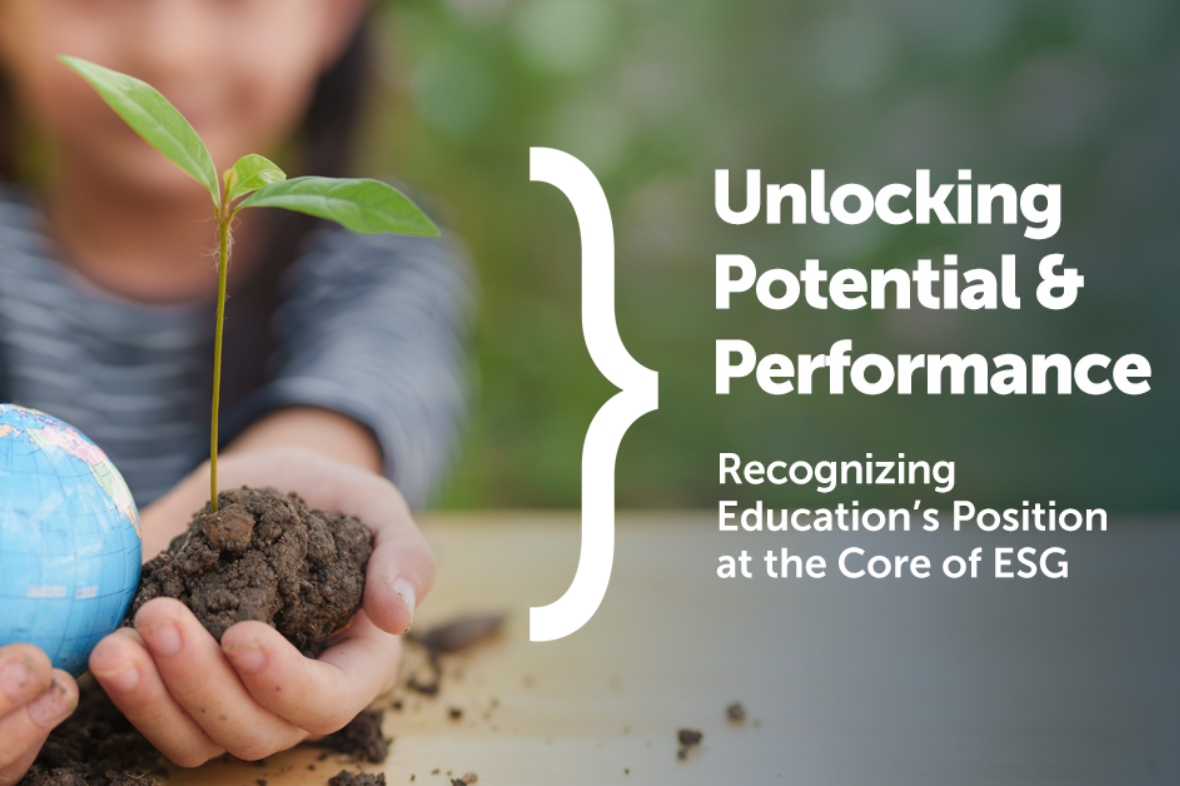
ESG and Education Supply Chain and child labor
Supply Chain and Child Labor
Companies have been prioritizing global supply chain assessments to expand policies and strategies that address both environmental and social issues — specifically, human rights, child labor, and their environmental footprint.
Increasingly, businesses are under pressure from governments and international organizations, such as the Organization for Economic Co-operation and Development (OECD), to prevent human rights violations and adhere to relevant treaties and guidelines.
In many low- and middle-income regions, children are found carrying heavy loads; scavenging in garbage dumps; and enduring physical, emotional, and verbal abuse. Across industries and geographies, companies have been subjected to government actions, such as investigations and fines, related to poor working conditions, abuse, and human rights violations in the workplace.
By supporting efforts to promote free and accessible education across the supply chain, companies can effectively protect human rights and ensure proper compliance with international laws and regulations. Simply increasing the duration of compulsory education can reduce child labor. In China, requiring one additional semester of schooling reduced the rate of child labor by 8%. The proximity of schools to young people is also important. In Guatemala, each additional 10 minutes of travel time to school increases the chances a girl will be involved in child labor by 2.2%. Studies also show that children enrolled in early childhood education programs are more likely to transition successfully to primary school rather than the workforce. The quality of education matters in eliminating child labor. A survey of out-of-school children across a number of countries cited lack of interest and engagement as a primary driver of not attending school.
The availability and quality of education is among the most important factors in determining a person’s path and participation in illegal work. By working in supply chain communities and with local governments to expand educational facilities and promote wider and earlier access, eliminating any fees and encouraging participation in school, including through cash and food incentives, can dramatically improve pressing issues in supply chains. Through resource and capital mobilization and a comprehensive approach to supply chain audits, companies can utilize their education and social impact programs, as well as their philanthropic efforts, to promote education for vulnerable communities, thereby strengthening supply chain resilience and avoiding controversies. These have clear implications for ESG ratings and overall performance and are a key performance indicator (KPI) for investors and rating agencies.
Other materiality issues linked to education
Explore ESG and Education

